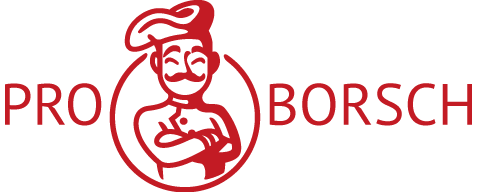In modern manufacturing, maintaining consistent production quality is essential for customer satisfaction and operational efficiency. Implementing IoT-enabled monitoring systems is among the top strategies to uphold quality standards.
These small, connected devices can collect data on heat, stress, motion, ambient moisture, and key performance metrics throughout the production line. Contrary to conventional quality checks based on intermittent sampling or human observation, IoT sensors provide 7 real-time surveillance. This means issues like overheating equipment, misaligned components, or inconsistent material flow can be detected instantly upon detection.
By catching problems early, manufacturers can prevent defective products from moving further down the line, reducing waste and rework costs.
The data gathered by these sensors is transmitted to a central system where it can be analyzed using predictive modeling engines. Over time, these systems build profiles of standard performance and alert teams to emerging risks. For アパレル雑貨 example, if a sensor detects a slight increase in vibration on a motor that precedes a known failure mode, maintenance can be planned in advance to prevent defective output.
Integration with existing manufacturing systems allows for smart interventions. If a sensor detects that the heat level in a drying unit deviates from the target, the system can remotely recalibrate controls or halt operations until stability returns.
This level of control eliminates inconsistencies and upholds strict quality benchmarks.
Workers also benefit from IoT monitoring. Real-time performance dashboards empower operators to correlate their tasks with final product outcomes. Alerts can be sent to supervisors via mobile devices, enabling immediate interventions without manual station checks.
Furthermore, the historical data collected by IoT sensors becomes a critical tool for long-term enhancement. Engineers can analyze data collected over extended periods to identify root causes of recurring issues and make long term adjustments to processes or equipment.
Implementing IoT sensors does require an initial investment in hardware, connectivity, and training. However, the return on investment is often rapid. Decreased defect yields, streamlined quality assurance, reduced product recalls, and stronger customer loyalty all contribute to a stronger bottom line.
As manufacturing becomes more digital, relying on IoT sensors for quality monitoring is not optional but essential. Companies that embrace this technology gain improved consistency plus increased flexibility and comprehensive oversight of manufacturing workflows.

Recent comments